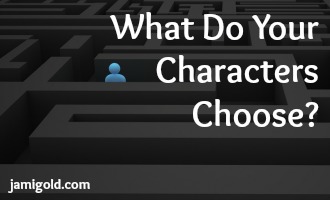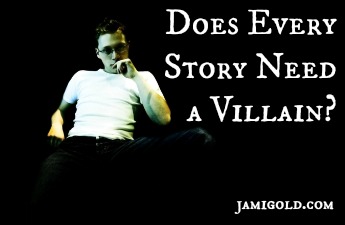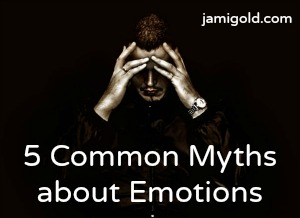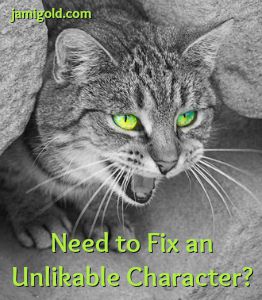As writers, we do everything we can to make readers invested in our characters in some way. An invested reader is a happy reader, right?
Well, maybe not. Let’s take a look at the other side of character development.
Pin It
Read More
Ashley asked a question in the comments last week that gets at the heart of strong, proactive characters. Even in literary fiction, characters are usually faced with making choices, and whatever triggers those choices is where we’ll find plot and character agency.
Pin It
Read More
Our characters have to overcome many obstacles throughout our plot, but changing the obstacles doesn’t always fix story problems. Sure, sometimes an obstacle doesn’t fit the story, but too often, the obstacle itself isn’t what’s broken—it’s the storytelling around the obstacle.
Pin It
Read More
Aphantasia is the term for when someone can’t imagine something in their mind–“mind blindness” or not having a “mind’s eye.” As writers, this perspective not only gives us all sorts of story and character ideas, but it can also raise many questions about the concept of imagination itself.
Pin It
Read More
I’ve written many times about how much I love subtext, the stuff that happens between the lines. Subtext lurks in many aspects of our stories and helps immerse readers and add realism and tension. In addition, subtext can help us build layered characters.
Pin It
Read More
Conflict is one of those words we all think we understand, but the writing-world meaning doesn’t have the same connotation as the non-writing meaning. Yet it’s only after understanding conflict that we’ll see the difference between antagonists and villains in storytelling.
Pin It
Read More
After completing a story, we might face the question of whether to put in the effort to revise it. If we decide our story has enough promise, what should we do next? Does our story contain all the essential elements? Does it have the bones of a good story?
Pin It
Read More
We all have emotions, so we all think we know how to write them. However, sometimes the best writing comes from exposing an emotional truth that we’re hiding from ourselves. So the better we understand emotions, the better our stories will resonate with our readers.
Pin It
Read More
How are villains, character likability, subtext, and point-of-view all related? In many stories, our antagonist is a non-POV character, and for non-POV characters, my previous tips about likability will be limited to subtext. So even though we might not be trying to make our villain likable, we might struggle to make them layered.
Pin It
Read More
In writing, it’s difficult to balance “not enough” and “too much.” Not enough flaws can make our characters flat, and too many flaws can make our characters unlikable. Some genres can get away with unlikable characters, but for those stories that can’t, here are 3 1/2 tips to fix the problem.
Pin It
Read More










